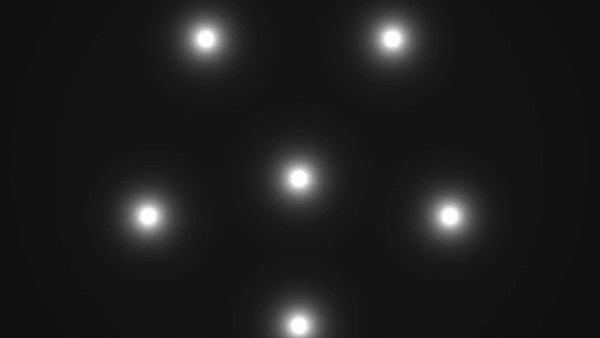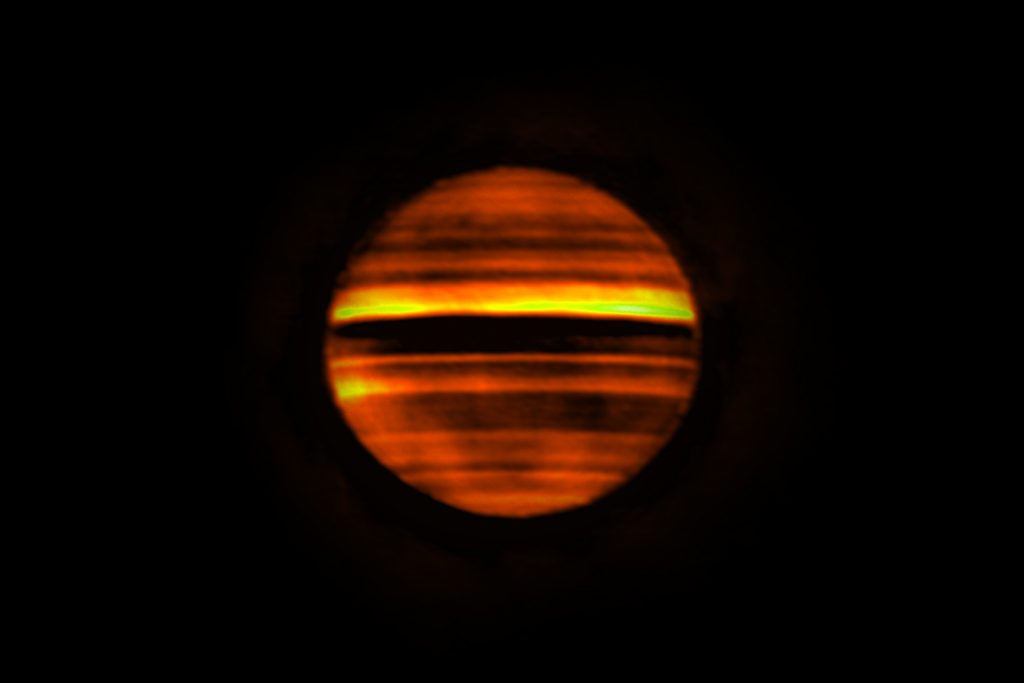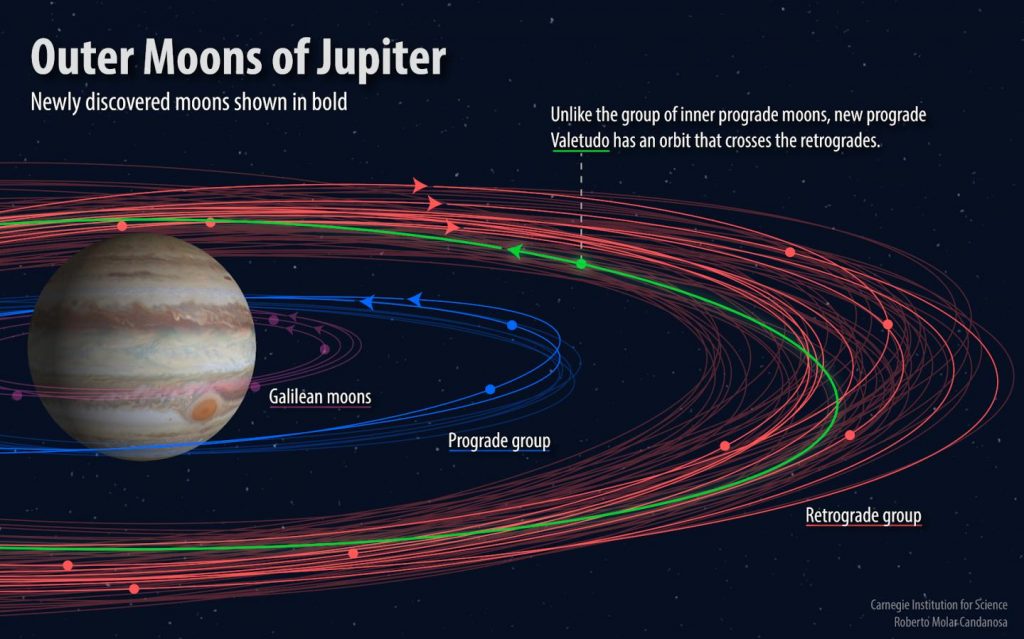Why Jupiter’s storms behave so strangely
At the south pole of Jupiter there is an impressive sight - even for a gas giant covered with colored bands, which carries a red spot larger than the earth. Near its south pole, a cluster of swirling storms has formed, arranged in a geometric pattern. Since they were first sighted by the NASA space probe Juno in 2019, the storms have puzzled scientists. Basically, they resemble hurricanes on Earth. However, storms on our planet do not gather at the poles and swirl around each other as a pentagon or hexagon. Now a research team in the laboratory of…



